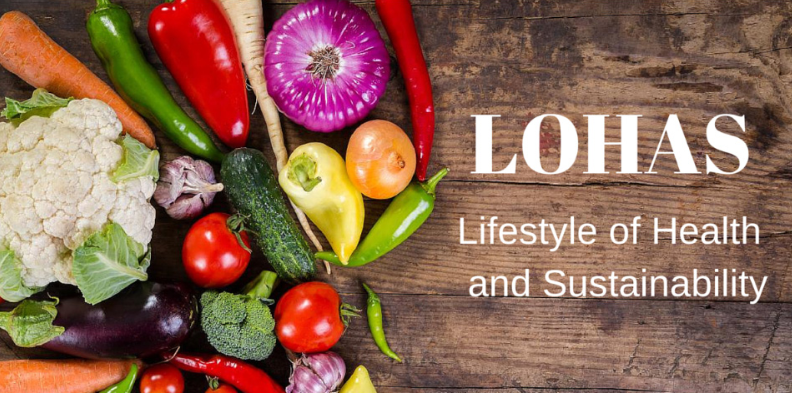Green marketing is a way of advertising and promoting products and services that emphasizes the positive environmental effects of those products.
It can be difficult to create an effective green marketing campaign, but when done correctly, it can be very successful.
In this blog post, we will discuss some tips for creating a successful green marketing campaign. We will also look at some examples of successful green marketing campaigns.
Finally, we will explore the benefits of green marketing for businesses.
What is Green Marketing?
Green marketing is the process of creating and promoting products and services that are environmentally friendly. This can include using recycled materials in products, reducing energy consumption, and using environmentally responsible packaging.
Many companies now use green marketing to appeal to consumers who are interested in buying products that are not harmful to the environment.
Green marketing can be expensive since it often requires companies to make changes to their production processes. However, there are many benefits to using green marketing, including increased profits, brand loyalty, and better public relations.
There are also a number of challenges associated with green marketing. For example, it can be difficult to determine which products are truly environmentally friendly.
Additionally, some consumers may not be interested in buying green products, or they may not have the money to do so.
Despite these challenges, green marketing is becoming increasingly popular, and it is likely to continue to grow in importance in the years ahead.
LOHAS
What is LOHAS?
LOHAS is an acronym that stands for “Lifestyles of Health and Sustainability.” It is a relatively new term that has been gaining in popularity in recent years, especially among people who are interested in living more environmentally-friendly lifestyles.
The basic idea behind LOHAS is that people should try to live in a way that is both healthy for themselves and sustainable for the planet. This can include things like eating organic foods, using less energy, recycling and composting, and driving less.
LOHAS is not just about making small changes in your everyday life, it’s also about thinking about the bigger picture. For example, when you’re choosing which products to buy, you should try to find ones that have been made with sustainable materials and that have minimal environmental impact.
Why is LOHAS important?
There are a lot of reasons why LOHAS is important. For one thing, it can help us become more aware of the impact our choices have on the planet. By making small changes in our lifestyles, we can all do our part to help preserve our natural resources and safeguard the environment for future generations.
LOHAS can also be good for our health. Choosing sustainable products and eating healthy, organic foods are both important ways to stay healthy and avoid toxins.
And finally, LOHAS can help us connect with each other and build stronger communities. When we come together to work towards common goals, we can create real change in the world.
Green Marketing Methods
Green Marketing is the process of marketing products or services in a way that emphasizes their environmental benefits. Green Marketing can be used to promote anything from energy-efficient light bulbs to electric cars.
There are a number of different methods that businesses can use to market their products as green.
One common approach is to highlight the product’s environmentally friendly features. This can include emphasizing how the product reduces energy consumption, produces less waste, or uses recyclable materials.
Another approach is to make a charitable donation related to the product. For example, a company could donate money to a charity that promotes sustainability whenever someone buys one of its products.
Another common method of green marketing is using certifications or seals of approval from environmental organizations.
Many organizations, such as the Environmental Protection Agency (EPA) and the Forest Stewardship Council (FSC), have certification programs in that businesses can participate.
These programs certify that a product meets certain environmental standards. When a business displays one of these certifications or seals, it tells consumers that they can trust the product’s environmental claims.
One challenge with green marketing is that it can be difficult to verify whether a product is actually environmentally friendly.
Consumers may not be able to tell which claims are legitimate and which ones are just marketing hype.
As a result, some organizations, such as the Better Business Bureau (BBB), have created green certification programs dedicated to verifying environmental claims.
Businesses that want to start using green marketing methods should do some research on which techniques will work best for them.
There are many different options available, and each business will have its own unique strengths and weaknesses. It’s also important to make sure that all of the company’s marketing materials are consistent with its green message. This includes everything from the website to the sales pitch.
When done correctly, green marketing can be an effective way for businesses to differentiate themselves from their competitors and boost sales.
By highlighting the environmental benefits of their products, businesses can show consumers that they care about more than just making money.
“Greenwashing”
Greenwashing is the act of misleading consumers about the environmental benefits of a product or service. It can take many forms, such as making unsubstantiated claims or obscuring negative environmental impacts.
Sometimes greenwashing is done intentionally, while other times it may be the result of a company’s lack of knowledge or awareness about sustainability issues.
Despite its prevalence, greenwashing is not always easy to spot. Here are a few tips for avoiding products that might be guilty of greenwashing:
Do your research
Before making a purchase, check to see if the company has a good track record when it comes to sustainability. Look for independent certifications like Forest Stewardship Council (FSC) or Rainforest Alliance, or check out review sites like GoodGuide.com.
Read the fine print
Sometimes greenwashed products will tout environmental claims that are only partially true or exaggerated. Be sure to read the small print to determine what exactly the product claims to do for the environment.
Ask questions
If you’re not sure whether a product is truly environmentally friendly, ask the company directly. Many brands are happy to share their sustainability initiatives with consumers.
Look for third-party verification
Some organizations exist solely to verify the environmental claims made by companies and products. The best-known one is probably the Environmental Protection Agency’s (EPA) Energy Star program. Look for the Energy Star label when shopping for electronics and appliances, for example.
The best way to fight to greenwash is to be an informed consumer. By following the tips above, you can make sure that you’re buying products that are actually good for the environment – and not just pretending to be!
Quick Links
- iAmAffiliate Review: Is This The Ultimate Affiliate Marketing Forum?
- Ecommerce Marketing Essentials: Guide &; A Must Read
- Understanding Different Ecommerce Business Models
Conclusion- Green Marketing: Everything You Need To Know: Guide 2024
Green marketing is an important and beneficial way to not only market your product but to also increase sales and appeal to a wider range of consumers.
By understanding what green marketing is and how it can be used, you can create a campaign that will leave a lasting impression on your customers and help the environment too. So, what are you waiting for? Get started today!


